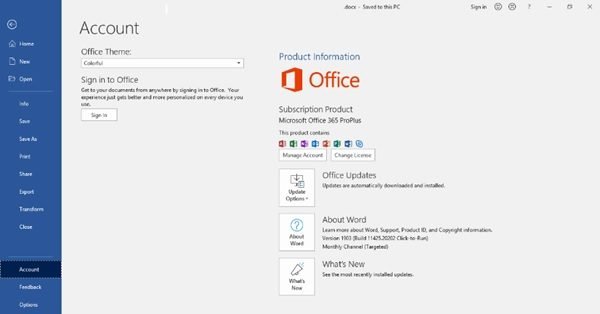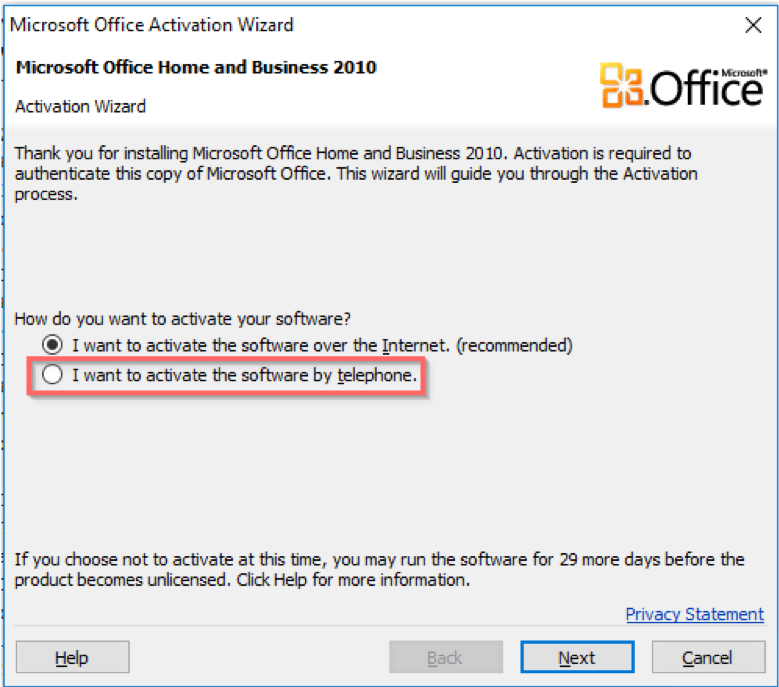
One common practice for individuals and companies that send emails is to include a tracking pixel as a means to know that the email has been read or viewed. If there is someone you know that requests read receipts then they aren’t going to know that you don’t have read receipts enabled, and they won’t be able to tell that you have opened their email. In fact, most people that use email aren’t going to respond to read receipt requests, and most email providers ignore them completely. If you discover that you don’t like the way your tracking options are currently configured, then opening the File menu and selecting Outlook Options is a great way to resolve that concern.Įlecting to turn off read receipts is a pretty common practice. The steps above were performed in Microsoft Outlook 2013, but will also work in most newer versions of Microsoft Office as well.

ACTIVATE MICROSOFT OUTLOOK 2013 HOW TO
More Information on How to Turn Off Read Receipts – Outlook 2013 In step 5 above the read receipt check box is not checked, as I do not want to request a read receipt from my message recipient. It is the option that says Read receipt confirming the recipient viewed the message. There is also an option under that one where you can configure whether you are sending read receipt requests. In the picture in step 5 above you can see that the delivery receipt check box is unchecked, indicating that I won’t be requesting confirmation that my emails were delivered. You can do this at:įile > Options > Mail > and turn off the Delivery receipt confirming the message was delivered to the recipient’s email server If you have been receiving emails indicating that emails were delivered and you want it to stop, then you will need to adjust the setting that is requesting that. How Do I Stop Requesting a Delivery Receipt in Outlook 2013?

Our guide continues below with additional information on working with Outlook delivery and read receipts. Step 6: Click the OK button at the bottom of the window to save your changes.


 0 kommentar(er)
0 kommentar(er)
